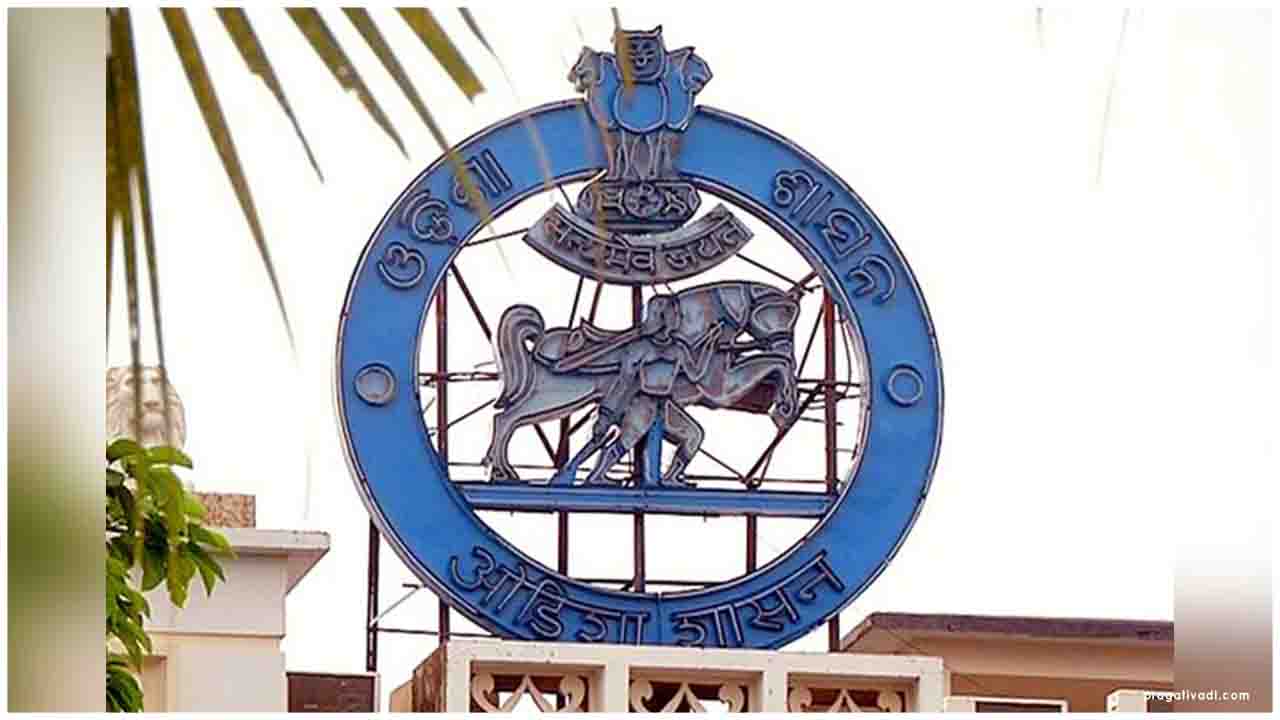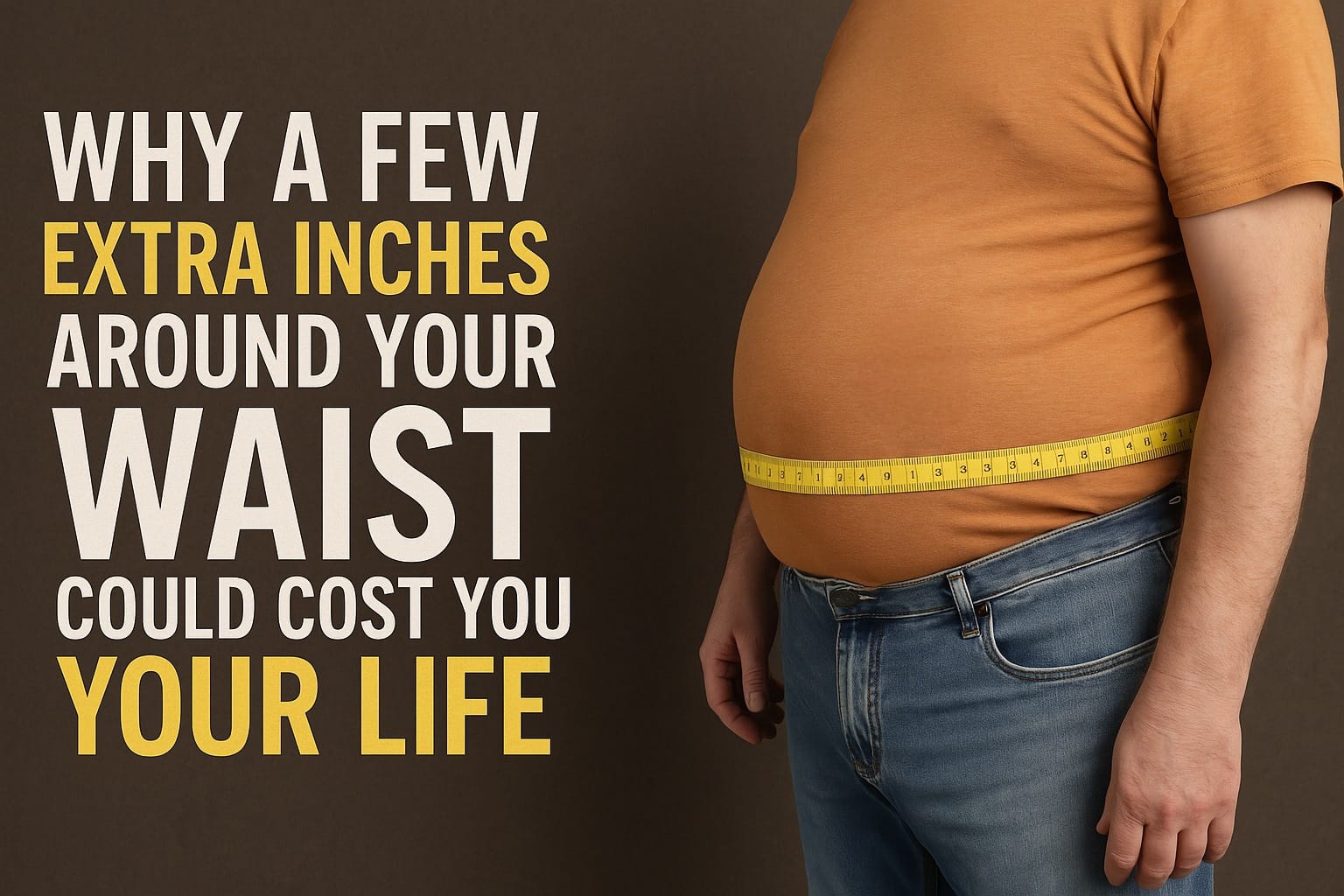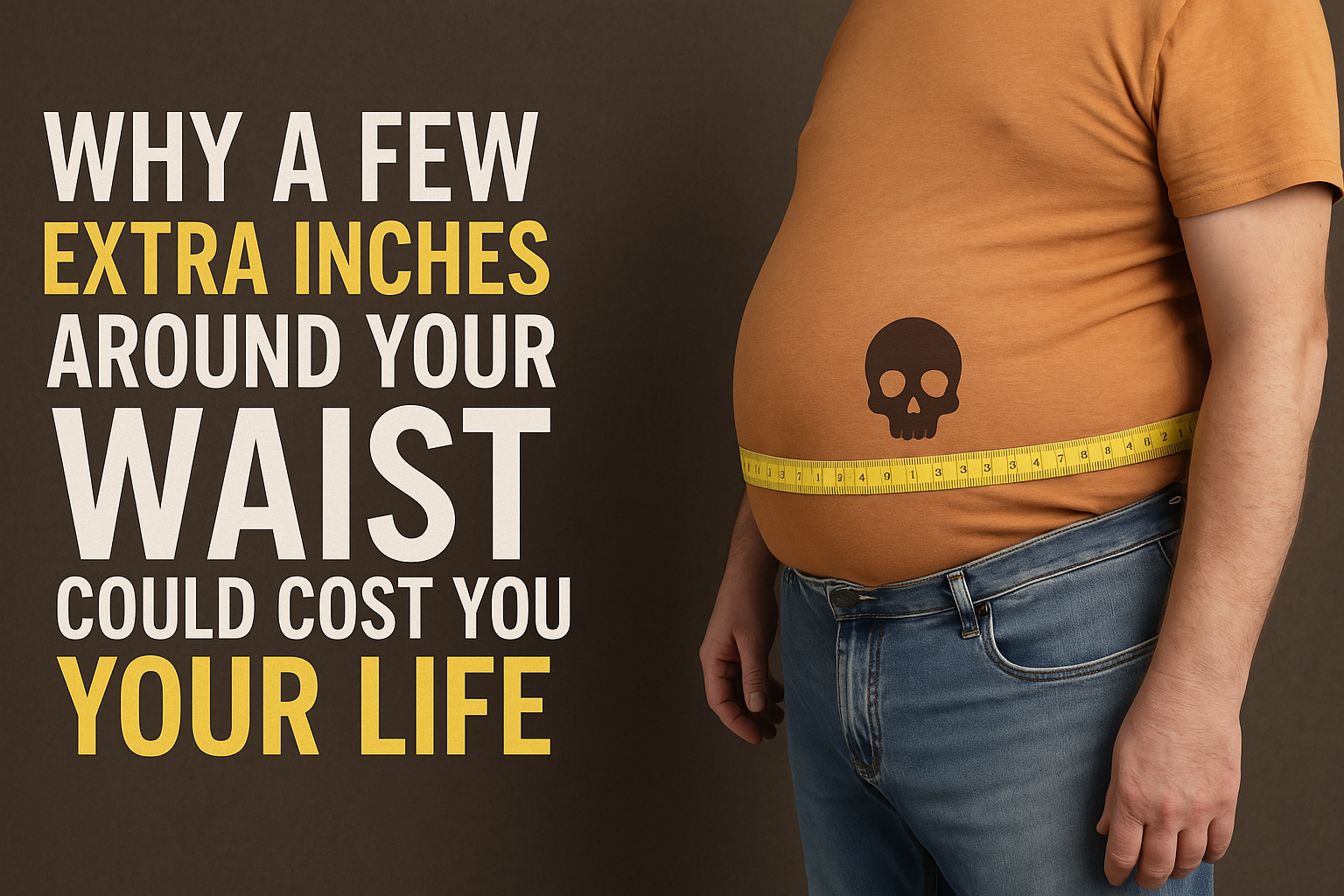The Odisha government has decided to allow banks to operate with 50 percent staff capacity instead of 25 percent from today in order to avoid the heavy rush of customers.
50 percent of staff will be allowed in four heavy virus load districts of Ganjam, Khurda, Cuttack, and Jajpur along with Rourkela city where a 14-day lockdown has been imposed from July 17 to July 31.
The Special Relief Commissioner made this modification in the wake of the banking authorities pointing out their problems due to the heavy rush of customers due to less manpower because of the lockdown.
The banks in the four districts and Rourkela city have been allowed to operate from 8 AM to 2 PM with Customer Service from 8 AM to 1 PM with effect from 20 July to 31 July. Banks have been asked to strictly follow the norms of physical distancing.
Keeping the rising case count in mind, the Odisha Government has decided to start plasma therapy in the state in four of its hospitals for the treatment of COVID-19 patients. The decision was taken at a meeting chaired by the Health and Family Welfare Minister Naba Kishore Das.
The plasma therapy will initially be implemented in the SCB Medical College and Hospital and Ashwini Hospital in Cuttack and SUM Hospital and KIIMS Hospital in Bhubaneswar. A Technical Committee would be formed to outline the treatment plan for plasma therapy. The committee will prepare a blueprint for its successful introduction in the state. The committee will also create awareness among people regarding plasma therapy and submit a detailed report to the government.
Meanwhile, Odisha has 8,106 COVID-19 positive cases, of which 5,502 patients have recovered while 29 have died so far.With a surge in COVID-19 cases in Bihar, West Bengal, Assam and Odisha, Health Ministry has asked these states to make renewed efforts to contain transmission of the virus. The Health ministry emphasised that the restrictions should be utilised to focus on containment, surveillance and testing in containment and buffer zones as the key strategy for early detection of cases and fatality management.
In a letter to Principal Secretaries (Health) and Secretary (Health) of these states, Joint Secretary in the Ministry of Health Lav Agarwal asked them to ensure that at least 80 percent of the new cases have their close contacts traced and are in quarantine within 72 hours of case confirmation. The letter underlined that containment and buffer zones should be suitably delineated based on the mapping of cases and contacts.
It added that a list of NCC volunteers along with other workforce is available on the COVID warriors' portal which can be optimally utilised in containment and surveillance effort. The letter said, in terms of testing the state should aim to achieve a minimum of 14 tests per one lakh (140 tests per million) per day while ensuring a positivity rate of less than 10 percent. It said, necessarily testing all asymptomatic high-risk contacts and mild symptomatic as per ICMR protocol should be undertaken.
The states have also been asked to use the forecasting tools made available by the health ministry to ascertain the number of COVID beds required and accordingly calculate the oxygen requirement. The letter said, States should also focus on ensuring the availability of non-COVID services such as immunization, maternal and child health services including other emergency and critical care services.

 Odisha decides to administer plasma therapy through 4 big hospitals as the cases count rises
Odisha decides to administer plasma therapy through 4 big hospitals as the cases count rises








.jpg)


.jpeg)

.jpg)






.jpeg)



.jpg)






.jpg)


